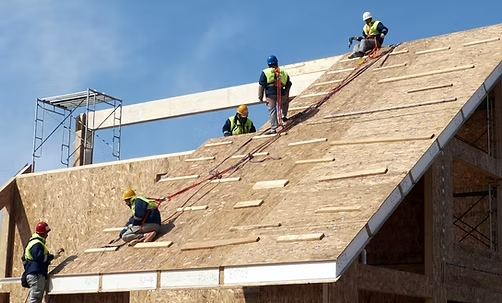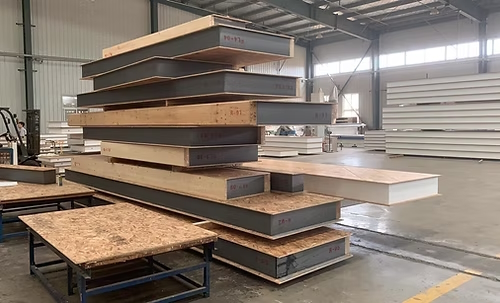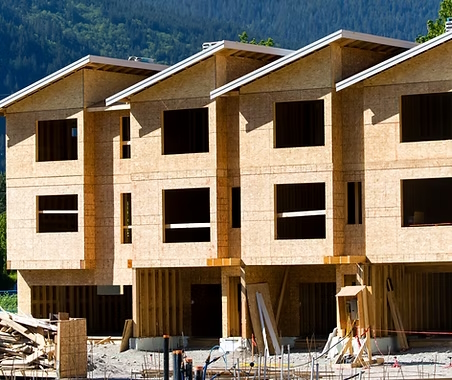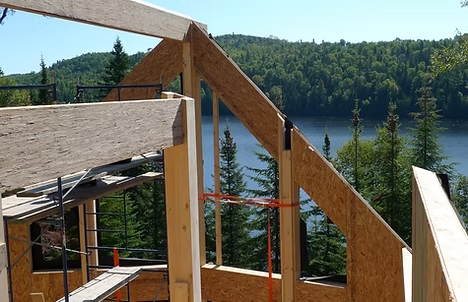SIP

What Are SIPs?
SIPs are high performance composite panels used for walls, roofs, and floors in buildings. They consist of a foam core sandwiched between two layers of structural board. SIPs offer superior insulation, structural strength, and energy efficiency compared to traditional construction methods.
They provide structural framing, insulation, and exterior sheathing in a solid, one-piece component that can handle axial, bending, racking, and shear loads. Properly designed and assembled SIPs not only replace conventional framing but also withstand high wind and seismic forces.
How are SIPs made?
The design of SIPs is simple yet effective, offering several advantages for constructing walls and roofs. SIPs can be made using different facing and core materials. The facing materials can be engineered board, such as fiber cement board, MgO Board, and plywood, while the sandwich insulating core can be PU or XPS. Bonding the foam core to the stiff outer skins creates a web-and-flange structural strength across the length and breadth of the panel, similar to an I-beam.


What are SIPs used for?
SIPs are prefabricated systems used primarily for walls and roofs, which employ composite materials, reduce waste through modular construction methods, achieve high insulation values, and may be used instead of many conventional building methods.
Advantages of using SIPs:
Architectural Benefits:
High-quality construction method
Comfortably warm and quiet
Cost Benefits:
Equal or lower first costs
Lower long-term operating costs
Incentives available from utility service providers for energy-efficient design
Lower maintenance costs
Construction Process Benefits:
Easy to construct, with a short learning curve
60% shorter construction time
Quick turnaround time for greater satisfaction
Increased builder’s production capacity
Environmental Benefits:
50% less framing lumber
50% more energy efficient
Require less room at the building site (less site disturbance)
Less construction waste
